Danube (다뉴브)
316.90638650834563m 8594 2020-02-07
135, Sejong-daero, Jung-gu, Seoul
+82-2-2171-7830
Danube is a Western restaurant located within Koreana Hotel overlooking Seoul Plaza and Cheonggyecheon Stream. The restaurant serves a breakfast buffet, and steak and seafood dishes at dinner time. Diners can also choose from a large selection of high-quality wines and whiskeys from around the world.
Great Shanghai (대상해)
316.90638650834563m 6122 2020-02-07
135, Sejong-daero, Jung-gu, Seoul
+82-2-2171-7869
Great Shanghai is a Chinese restaurant serving deliciously genuine Sichuan and Beijing-style cuisine, located within the Koreana Hotel. Their specialty is shark's fin, directly imported from Sanji, and prepared by the head chef who has over 30 years of experience. Aside from shark's fin, the healthy buldojang, mapadubu and ddanddanmyeon are also top menus. Great Shanghai is decorated with high-quality interior design, and features rooms of various sizes for groups and business dinners.
Dongwha Duty Free (동화면세점)
318.6564122164183m 9049 2024-02-01
Sejong-daero 149, Jongno-gu, Seúl.
Tosokjeong (토속정)
333.1994464229033m 136 2021-03-19
4-1, Ujeongguk-ro, Jongno-gu, Seoul
+82-2-720-2192
This is a Korean cuisine located in Jongno, Seoul. The representative menu is skate, pork, and kimchi combo. A traditional Jeollanam-do food restaurant serving more than 10 side dishes.
Luii (루이)
334.08706235696525m 11611 2019-11-19
40, Sejong-daero 21-gil, Jung-gu, Seoul
+82-2-736-8889
Luii is a Chinese restaurant operated by a veteran chef with extensive experience in Chinese cuisine. The restaurant has several rooms of different sizes to accommodate various events. It also has a VIP room for more private gatherings.
Gwanghwamun Deungsim (광화문등심)
350.97713654913093m 249 2021-07-20
34, Jong-ro, 5-gil, Jongno-gu, Seoul
+82-2-722-2020
A restaurant that’s popular among workers for group dinners, it sells grilled meat. This Korean dishes restaurant is located in Jongno-gu, Seoul. The representative menu is grilled boneless ribs.
Dalgaebi (달개비)
354.8018720061778m 15609 2016-12-10
16, Sejong-daero 19-gil, Jung-gu, Seoul
+82-82-2-765-2035, 2068
This is a traditional Korean restaurant serving food in attractive bowls. Its main dishes are steamed rice in bamboo and raw rice wine (Makgeolli). When you pour makgeolli into a glass which is brewed in the old way, your nose gets ticklish because of the smell of yeast. Steamed rice cooked with Indian millet, glutinous rice and beans in a bamboo stick, provides the delicious smell of bamboo.
*Best Korean Restaurant as designated by The Seoul Metropolitan Government
Cheongjin Hwarogui (청진화로구이)
358.08179239366143m 195 2021-03-22
32-12, Jong-ro, 5-gil, Jongno-gu, Seoul
+82-2-735-7008
A store selling Korean beef and pork dishes. The best menu at this restaurant is grilled Korean beef rib eye steak. This Korean dishes restaurant is located in Jongno-gu, Seoul.
CAFE Jongrosijang (CAFE종로시장)
366.0196698417427m 152 2021-03-19
10, Ujeongguk-ro 2-gil, Jongno-gu, Seoul
+82-2-732-1452
It sells American pancakes. The best menu at this restaurant is pancakes. This is a cafe located in Jongno, Seoul.
Campanario Bosingak (보신각 터)
370.7972673284538m 4254 2020-11-03
Jong-ro 54, Jongno-gu, Seúl
+82-2-2133-2641
El campanario Bosingak es el lugar en donde se encontraba la campana que daba la señal de la hora, tanto para las áreas del interior y exterior de la muralla de la ciudad capital. Fue construido en el 13º año (1468) del reinado de Sejo de la época Joseon, y en aquel tiempo, se fundó también el templo Wongaksa, pero fue trasladado al sitio actual, durante el reinado de Gwanghaegun (1619). En la antigüedad, la campana se tocaba 33 veces a las 4:00 de la mañana, y 28 veces a las 22:00 de la noche, y era utilizada para dar la señal de la hora, y como símbolo de la apertura y cierre del portón de la muralla. Es un patrimonio cultural de gran valor para los estudios académicos. Siendo el Tesoro Nº 2, la pieza original se encuentra en el Museo Nacional de Corea.
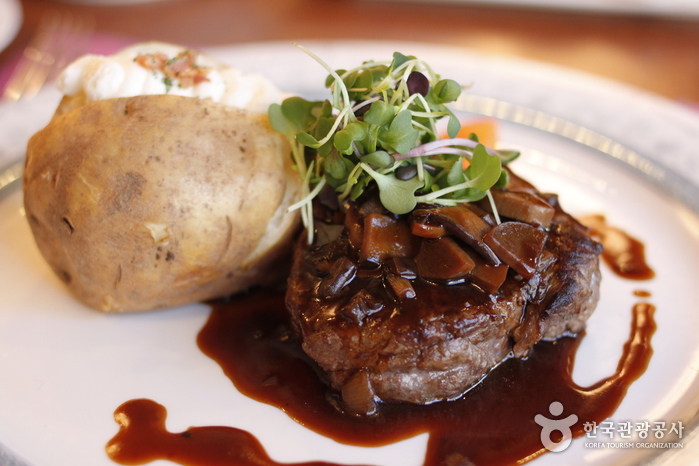
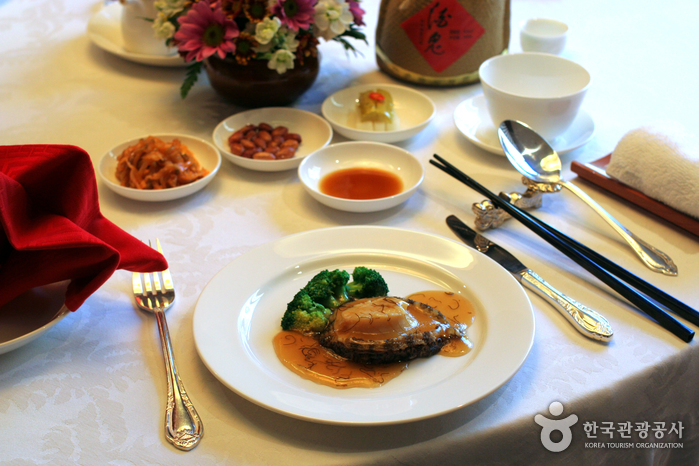
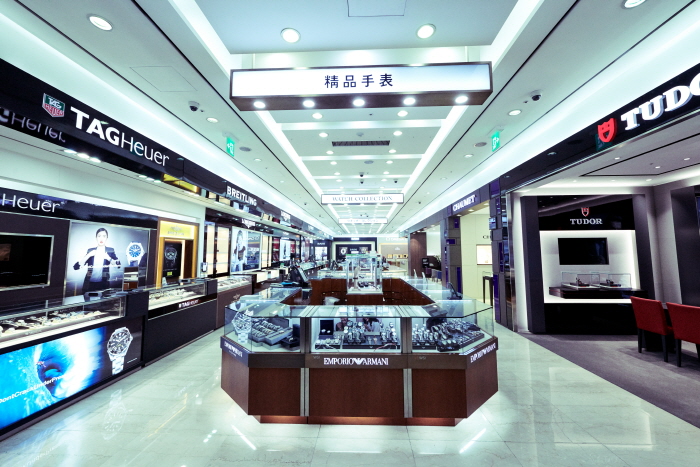
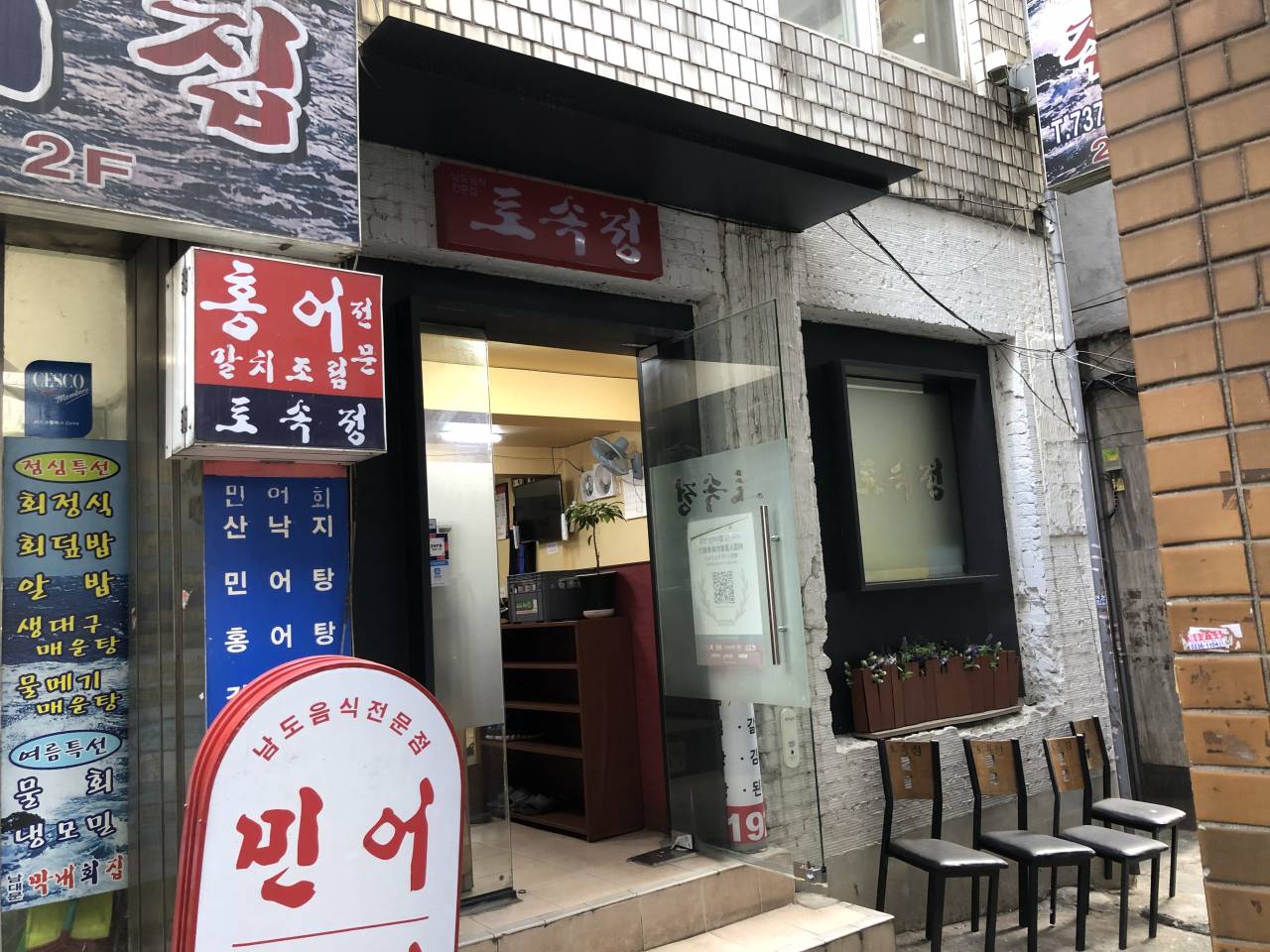
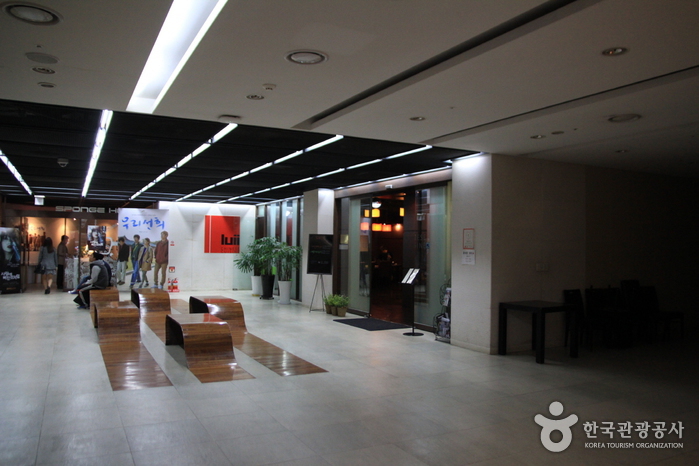
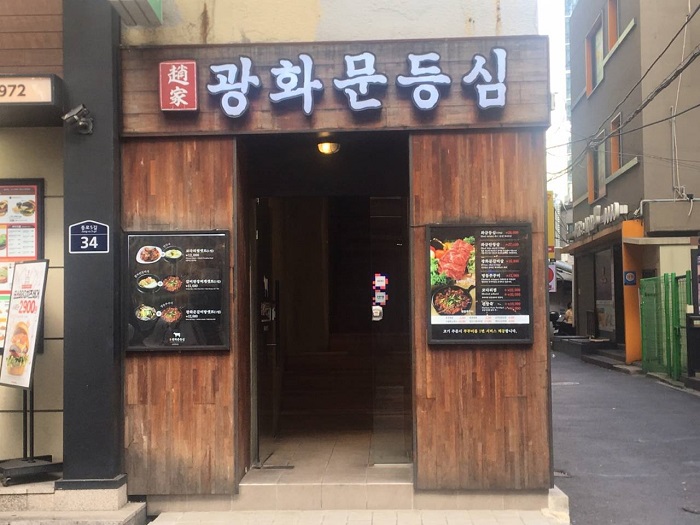

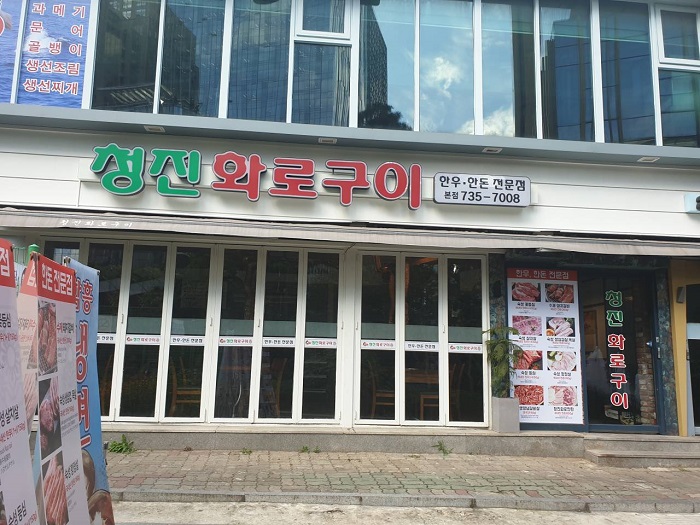
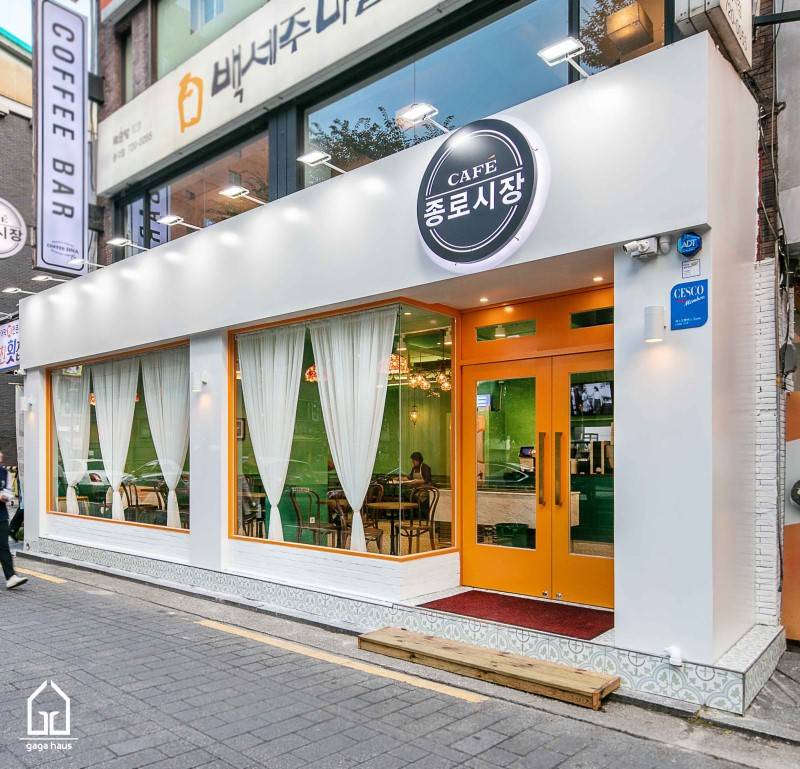
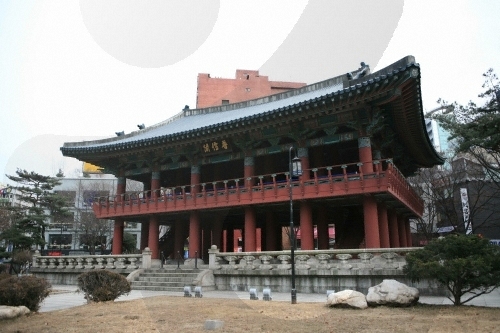
 Español
Español
 한국어
한국어 English
English 日本語
日本語 中文(简体)
中文(简体) Deutsch
Deutsch Français
Français Русский
Русский